BITS BLOG
All Risk Is Not Equal
Why smart cyber strategy starts with knowing what matters most!
Most businesses treat risk like it’s a checklist:
- encrypted? ✅
- MFA? ✅
- SOC2? ✅
But in the real world, all risk is not equal.
If every asset is treated with the same urgency, you burn time, budget, and energy protecting things that don’t move the business forward, while leaving your crown jewels exposed.
A Smarter Approach: Risk-to-Value Alignment
At BITS Cyber, we encourage clients to think of risk in terms of business impact, not just technical severity.
Start by asking three key questions:
- What is the value of the asset?
- What could go wrong, and how likely is it?
- How fast do we need to recover if it fails or is breached?
This simple framing already separates:
- A public website with basic marketing content (low-value, high-availability)
- A customer billing database (high-value, medium-availability)
- A compliance archive stored offline (medium-value, low-availability)
Each of these deserves different controls, different attention, and different recovery planning.
Stop Treating Every Door Like the Vault
Risk-based security isn’t about cutting corners; it’s about putting the right controls in the right places.
You don’t guard the broom closet like you guard the bank vault.
So why treat all systems the same?
By categorizing systems, data, roles, and vendors through a risk-to-value lens, you reduce operational friction and improve ROI on your security investments.
The Board Doesn’t Care About Firewalls. They Care About Downtime.
If you’re trying to get executive buy-in for your next IT project, don’t throw around acronyms and fear.
Instead, show them:
- The cost of downtime
- The risk to revenue
- The exposure to compliance fines
When you align risk with value, your cybersecurity strategy becomes a business strategy.
Final Thought
Security isn’t about locking down everything.
It’s about knowing what matters most, then protecting it accordingly.
Because in business, just like in life:
All risk is not equal.
